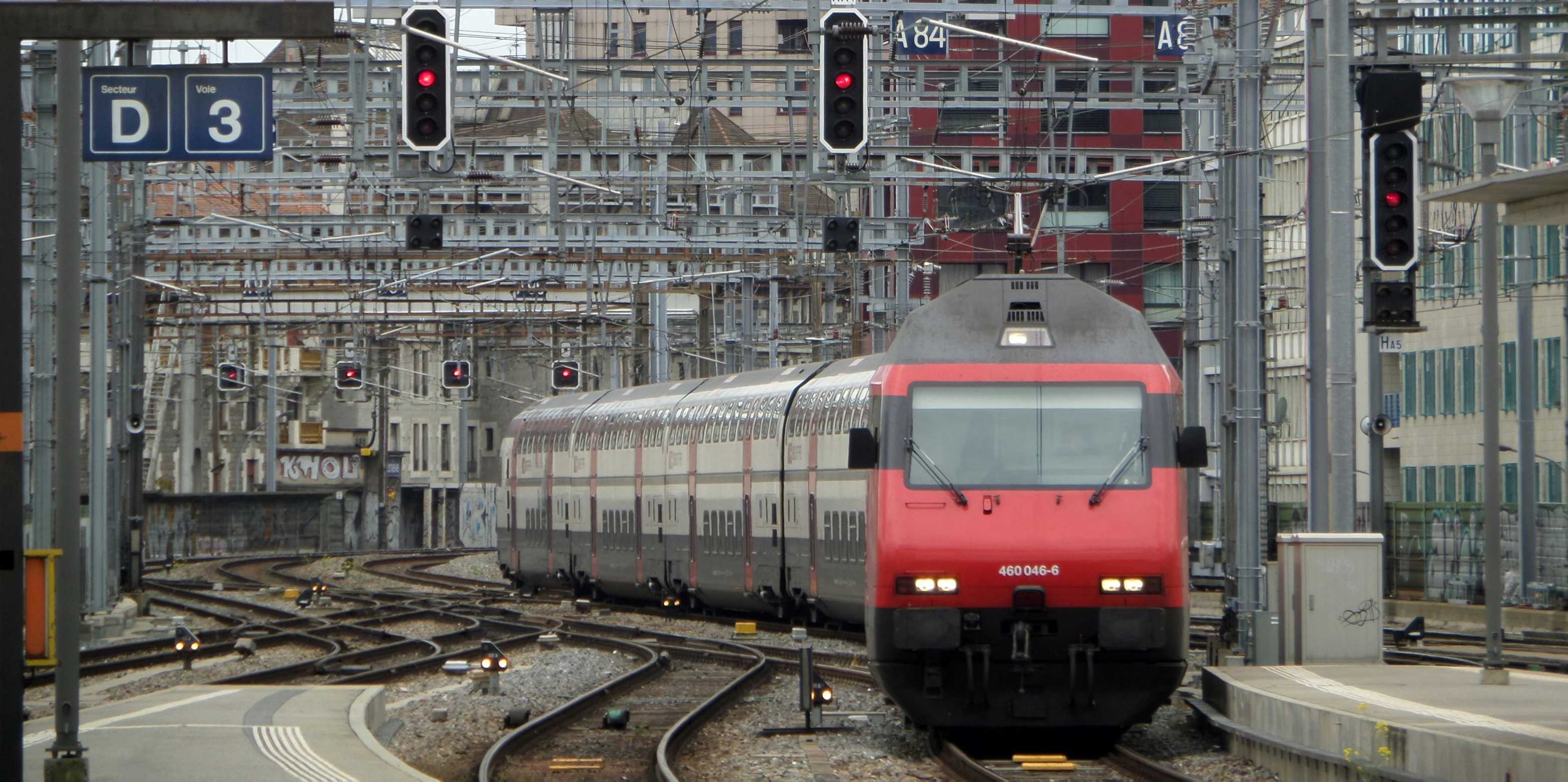How Much Should Public Transport Services Be Expanded, and Who Should Pay?
A new article explores public support for public transport expansion in Switzerland.

As traffic volumes continue to grow and the need for sustainable mobility becomes more pressing, governments face a critical decision: How much should public transport (PT) services be expanded, and who should bear the costs? This is particularly relevant in a time of public budget restraints and the ongoing shift in travel patterns due to the COVID-19 pandemic. The new study published in Transport Policy addresses this dilemma by exploring Swiss public opinion on PT expansion and funding through a survey experiment.
The study, conducted by Florian Lichtin, E. Keith Smith, Kay W. Axhausen, and Thomas Bernauer, surveyed 1,634 Swiss residents using a factorial experiment to gauge preferences for different PT service designs and cost-sharing mechanisms. The findings reveal strong support for expanding PT services, but with clear preferences about who should finance these improvements.
The majority of respondents favor expanding public transport services, particularly increasing frequency in and extending connections to peripheral regions. However, this support is contingent on the costs being covered by the government rather than through ticket price increases. There is low public support for any PT policy design that relies on higher fares for users.
Even if lower ticket prices could lead to some reduction in service levels, over 50% of respondents expressed support for such PT service designs. As a result, respondents showed a willingness to accept policies that might lead to lower geographic coverage or frequency when in turn tickets become more affordable, suggesting that while service expansion is generally preferred, there seems to be recognition of the trade-offs involved when lowering ticket prices.
Preferences for service expansion were consistent across various demographic groups, but support for government-funded expansions varied significantly based on political orientation. Left-leaning respondents were more likely to support increased government contributions, whereas right-leaning individuals were less enthusiastic, although overall support levels were still relatively high.
The findings provide essential insights for policymakers, who must balance public preferences with the financial realities of improving PT systems.